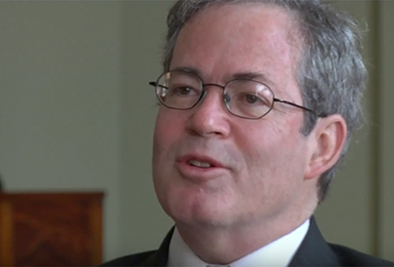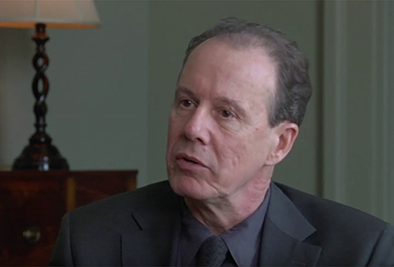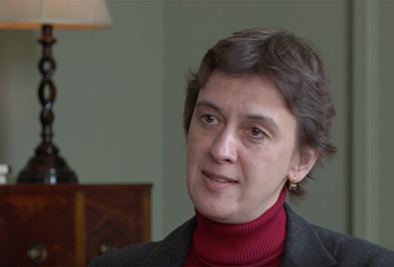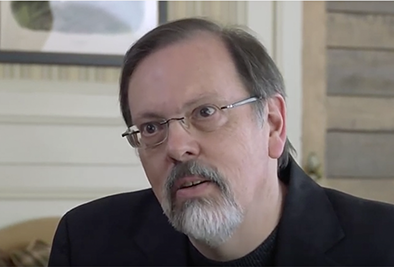Perry G. Mehrling is professor of economics at Pardee School of Global Studies at Boston University. He was professor of economics at Barnard College in New York City for 30 years. There, he taught courses on the economics of money and banking, the history of money and finance, and the financial dimensions of the U.S. retirement, health, and education systems. His most recent book is The New Lombard Street: How the Fed became the dealer of last resort (Princeton 2011). His best-known book Fischer Black and the Revolutionary Idea of Finance (Wiley 2005, 2012) has recently been released in a revised paperback edition. Currently, Prof. Mehrling directs the educational initiatives of the Institute for New Economic Thinking, one of which is his course Economics of Money and Banking, available on Coursera at www.coursera.org/course/money.
Perry G. Mehrling
By this expert
Eurocrisis Redux
Entangling alliances or entangling leagues are nothing to the entanglements of cash owing—Keynes
Crisis Averted: Understanding LTRO2
Fundamentally, the ECB is trying to keep the ongoing sovereign debt crisis from turning into a full-fledged bank credit crisis.
Why did the ECB LTROs help?
From a money view perspective, the central issue is settlement of TARGET balances between national central banks within the Eurozone, and the key is to understand TARGET balances as a kind of interbank correspondent balance.
Does the Current Account Still Matter?
The title is the same as that of Maury Obstfeld’s Ely Lecture, delivered Jan 6 at the AEA meetings in Chicago. Yours truly was at the meetings mainly to deliver a paper on “Three Principles for Market-Based Credit Regulation”, about which more in a later post. And for most of the rest of the time I was locked in a hotel room interviewing candidates for an assistant professor slot at Barnard College (which gave me a good overview of the current state of macroeconomics, again fodder for a later post).
Featuring this expert
Banks: How Big Is too Big?

We all know it: The financial sector is bloated and banks are too big to fail. But just how bloated is it, and how much should it be shrunk?
How to Avoid Herding in Research

An individual fish reduces the danger to itself by swimming as close as possible to the center of the school. That is how schools hold together.
What Finance (and Economics) Can Learn from Law

Without law and legal institutions, financial markets won’t work. That’s what economists discovered about 15 years ago, when former socialist countries turned towards capitalism.
Paul Samuelson and the Neoclassical Synthesis

Paul Samuelson was both a mathematical micro-economist, working from theorem to proof in the neoclassical tradition, and a committed Keynesian macroeconomist, convinced of the necessity of policy intervention to improve the performance of market economies. How did he square these two sides of himself? Wade Hands goes into the archives to find out.
